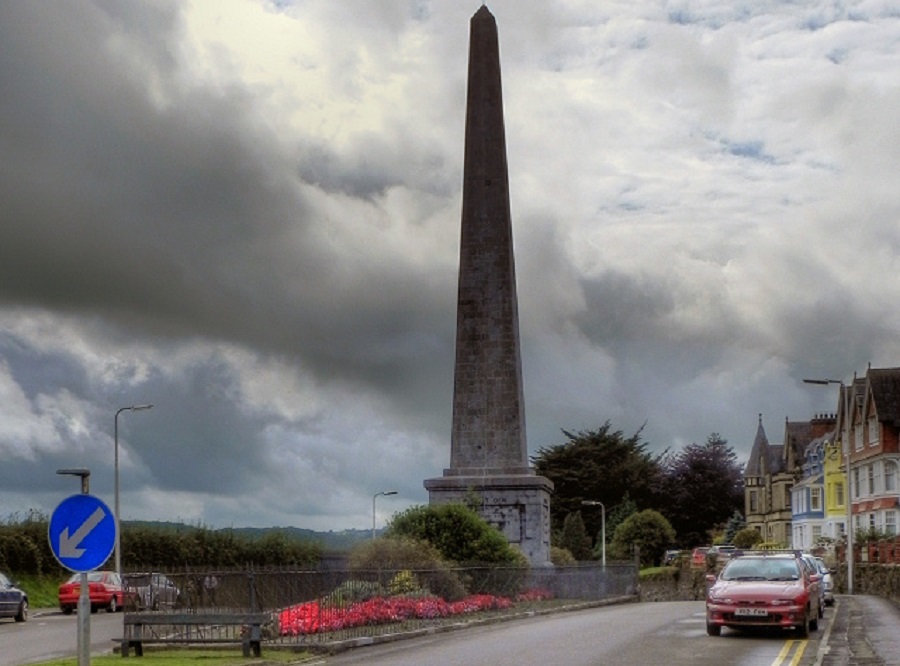Information boards ‘referring to slavery links’ to be placed by Thomas Picton monument

Richard Youle, local democracy reporter
Information boards will be placed by a monument to Thomas Picton in Carmarthen referring to his links with slavery, council chiefs have decided.
Executive board members approved a similar board by the Picton portrait in the courtroom of the Guildhall, Carmarthen.
The monument became the subject of renewed controversy during the widespread Black Lives Matter protests in May.
According to the council, the boards will also refer to Picton’s “military valour”, culminating in his death at the Battle of Waterloo in 1815.
In July Cardiff councillor voted to take down the marble statue of Thomas Picton at City Hall because of involvement in slavery and his documented torture of a teenage girl forced into slavery during his time as governor of Trinidad.
Carmarthen Council says it will aim to educate the public about local history, such as the Rebecca riots in West Wales in the 19th Century. It is expected that the boards will be installed within 12 months.
The executive board was considering the interim recommendations of a council task and finish group, which was set up after two notices of motion about racism, the Black Lives Matter message and the barriers facing black, Asian and minority ethnic (BAME) people.
Cllr Cefin Campbell said it was wrong to suggest, as some people had, that the council had already taken a decision about the grade two-listed Picton monument.
He said “many of us have had very unpleasant letters” on the subject.
‘Consultation’
A public consultation about the Sir Thomas Picton monument led to 2,470 responses, mostly from within Carmarthenshire.
A total of 1,613 respondents said no steps needed to be taken, while 744 said they should.
Those in the “no” category included 186 BAME respondents, while 37 from these minority communities said steps should be taken.
The task and finish group report said respondents who answered “yes” or “no” to taking steps in relation to the monument contained reference to placing information boards near the monument.
The group agreed that consideration should be give to Picton’s tenure as the governor of Trinidad and his links with slavery, as well as his military career, when interpreting his history.
Cllr Campbell said: “That is why we are recommended to put information boards around the monument so people can learn more about Sir Thomas Picton.”
He said it was important that Picton’s “war heroics” were remembered, but added: “Others felt he was a cruel slave owner in his time as governor of Trinidad.”
The information boards will contain QR codes, enabling digital access to further education material.
The task and finish group is expected to complete its final report in February next year.
Cllr Peter Hughes-Griffiths described the consultation as a “big success”.
Speaking before the December 21 executive board meeting, the Mayor of Carmarthen, Cllr Gareth John, said: “I welcome the report’s recommendations to the executive board as they reflect the evidence I gave the task and finish group as mayor, having previously spent significant time seeking the views of as wide a spectrum of the community as possible.
“I was particularly keen to learn of experiences from individuals who would be classified as members of the minority BAME community; members of the Picton family to get an insight into the man himself, the views of ex-service personnel, as well as a cross section of the public, especially those I would classify as the silent majority.”
Support our Nation today
For the price of a cup of coffee a month you can help us create an independent, not-for-profit, national news service for the people of Wales, by the people of Wales.





